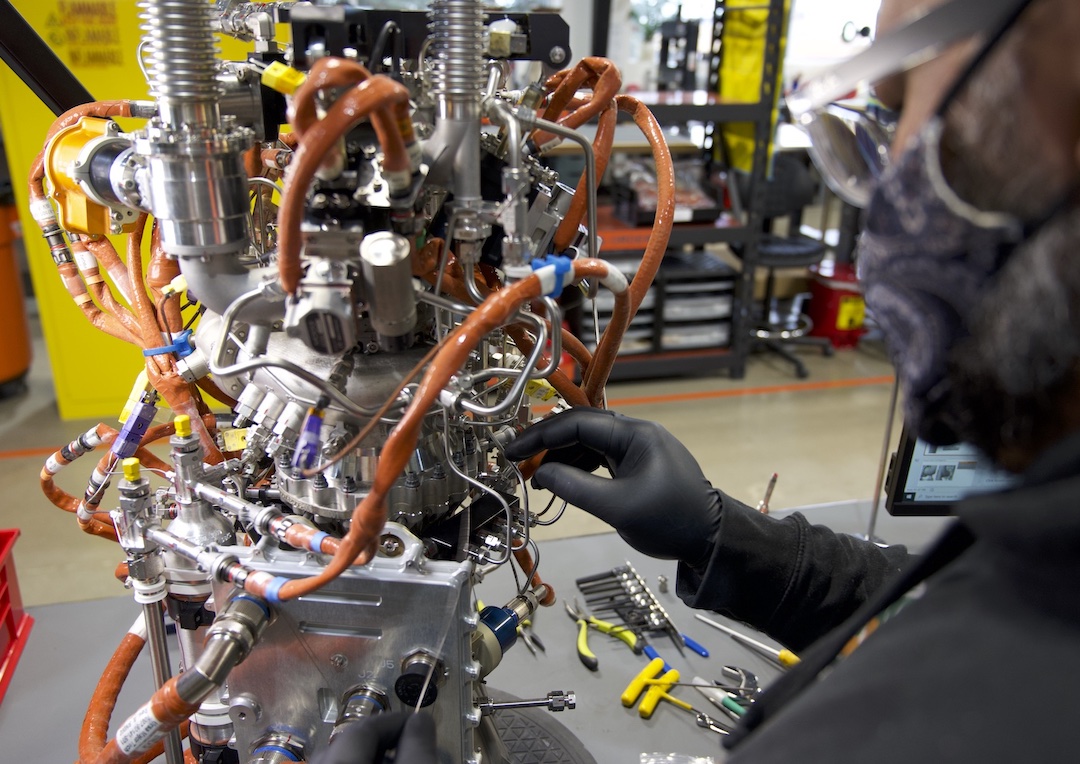WASHINGTON — Rocket propulsion startup Ursa Major confirmed on June 9 that it has laid off workers as it reorganizes the company.
Ursa Major is a venture-funded maker of rocket engines for small and medium launch vehicles. The company was founded in 2015 and manufacturers engines in Berthoud, Colorado.
The company has won several U.S. Air Force contracts to support the development of its liquid engine for hypersonic and small launch vehicles.
CNBC reported on Friday that 27% of the company’s 250-employee workforce was laid off.
A spokesperson for Ursa Major told SpaceNews the company could not confirm the number of layoffs but said the management is “reorganizing the company and realigning our workforce to better meet the needs of our national security customers.”
“As part of this realignment, we made some necessary workforce reductions to reallocate and focus on our priorities,” the spokesperson said. “While we cannot discuss the number of reductions made as part of the reorganization, we do want to acknowledge contributions of every current and former Ursa Major professional.”
No engine programs will be terminated as a result of this reorganization, the spokesperson said.
Drop in venture investment
Layoffs in the space industry have been expected as investment in the sector has fallen in recent quarters due to factors such as the rise in interest rates and the poor performance of some companies. A recent report by Space Capital calculated that $2.2 billion was invested in space companies in the first quarter of 2023, the lowest quarterly total by its metrics since 2015.
Ursa Major CEO Joe Laurienti has said the company is producing about 30 Hadley engines a year for the U.S. Air Force and several commercial customers, including small launcher startup Phantom Space and Stratolaunch.
The Air Force Research Laboratory is supporting the development of Arroway, a reusable liquid oxygen and methane staged combustion engine for medium and heavy launch vehicles, expected to hotfire in 2025.
The engine was introduced in August 2022 with the goal of supporting next-generation heavy launch.
